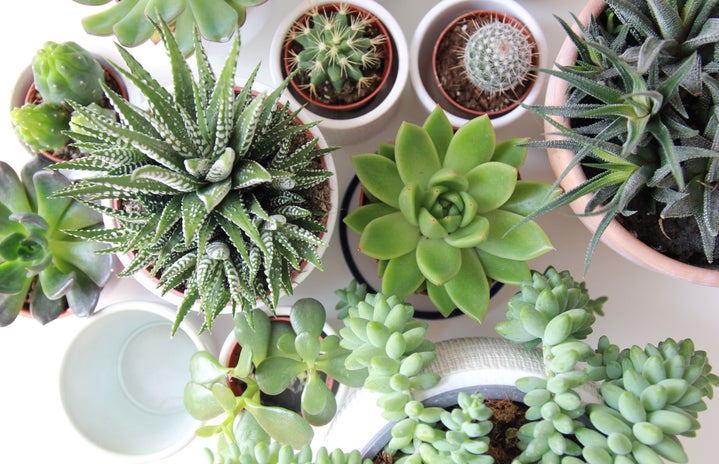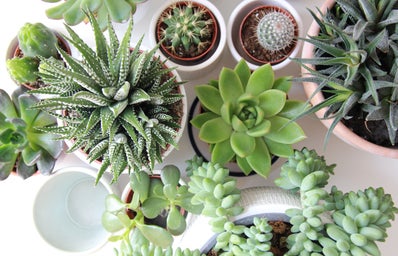Keeping houseplants can seem like a daunting hobby. You are paying for and then taking care of LIVING organisms. It may seem like one wrong mistake and your plant will die. Today, we are going to outline some of the mistakes that beginner plant parents make and what to do instead.
1. Keeping plants in pots without drainage holes.
One common mistake that I see beginners make is to pick out pots that don’t have drainage holes. I know, there are some cute pots out there and you may think that you can just put some rocks or perlite at the bottom for drainage. Please, don’t do that. The water will sink to the bottom and with no place to go, will grow mold, and eventually, your plant will get root rot. Instead, you can either use a diamond drill bit to add drainage for the pot or use the hole-less pot as a cover pot.
2. Not quarantining plants
When you get a new plant (especially from a big box store like Lowes or Home Depot), you want to physically separate it from the rest of your plants for at least two weeks. This gives pests like thrips and mealybugs time to come to the surface. Because the only thing worse than a plant with thrips is infesting your entire plant collection with thrips. Before you put your new plant next to your other plants, make sure that you spray its leaves and stems down with neem oil (let the oil sit overnight and take it off with water and a little bit of dish soap in the morning) and spray the dirt with water mixed with dish soap to drown any fungus gnats.
3. Bottom watering
I am definitely guilty of this offense. It’s so satisfying to watch your plants “suck up” the water from its booty hole. But in reality, this can lead to mineral build-up, root rot, and is generally just very time-consuming. The only time that I bottom water plants is when I will be gone on a long trip or if I am watering a succulent that is in very pumice-y soil.
4. Relying on misting to keep humidity up.
I know, it’s fun to spray your plants. But if you are doing this hoping that it will help your area have higher humidity, I’m sorry but it’s not going to help. Instead, I would invest in a humidifier. I found this one that helps my room with humidity usually around 20% go all the way up to 50%.
5. Thinking low light=no light
My general rule of thumb is that if you cant read a book in the lighting, you shouldn’t put a plant there. I promise you that your snake plant isn’t “thriving” in your windowless bathroom, it’s slowly dying. If you live in a home with low lighting but you still want to keep houseplants, there are plenty of plant lights that you can purchase as outlined in this article.
6. Overwatering
I think that a lot of people overestimate how much water a plant needs. People think that they need to water their plant once every few days when in reality, this is going to cause mold to spread through your soil, root rot, and (dun, dun, DUN!) fungus gnats. Even though most of my plants are tropical, I water most of them once a week at most. My general rule of thumb is if the leaves are drooping or getting soft, I will water the plant. If you want to check the soil, do some research into how dry your plant likes to get between waterings. If they like to dry out completely, stick your finger into the soil and see if it is dry down to the bottom. If they like to be watered more frequently, water once the first two inches of the pot are dry. On a similar note: succulents and cacti can go the entire winter without being watered. I only water my succulents once a month during the growing season.
At the end of the day, plants are all about trial and error. As you embark on your journey, you are probably going to kill some plants. But through these tribulations, we will learn how to be the best plant parents possible. With practice, I promise that you will become an ethereal “one with the plants” being but until then, I hope that these tips helped you learn from my own plant-y mistakes

